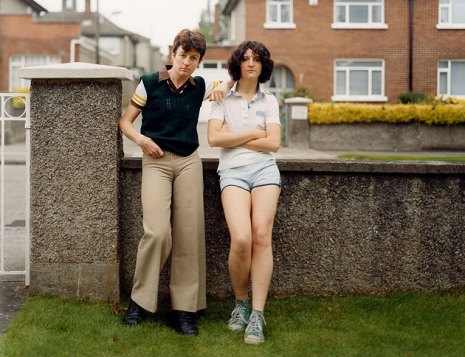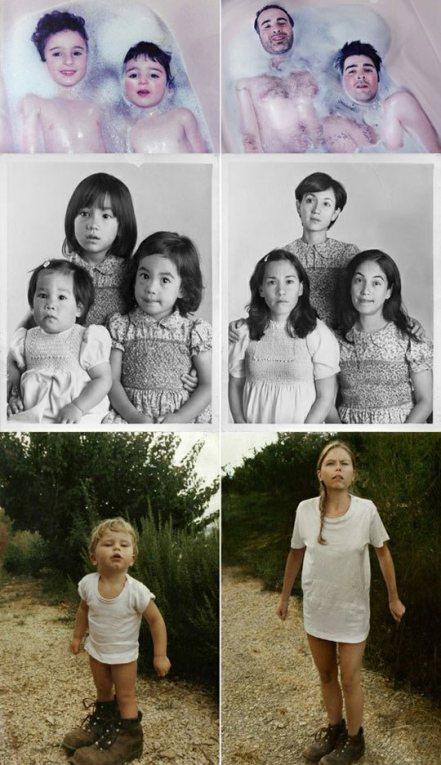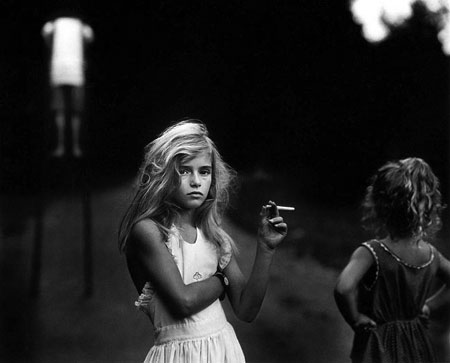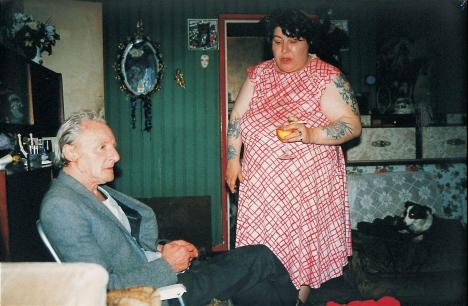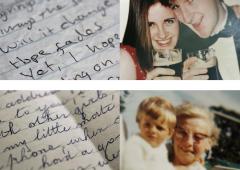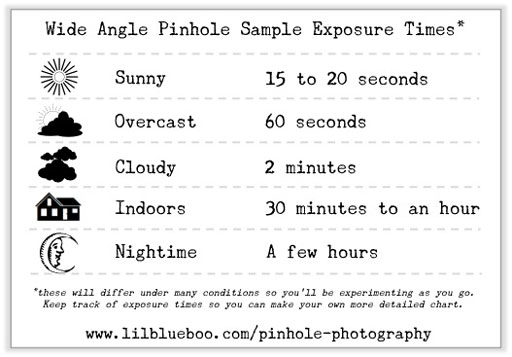Narrative theory
A written or spoken account of connected events.
Narrative – telling a story, links connecting everything together
Narrative begins with mankind, there does not exist, and never has existed, a people without narratives. (Barthes 1966:14)
What is a narrative – anything that tells a story
Paces/narrative environments is a space, whether physical or virtual, in which stories can unfold.
A virtual narrative environment might be a narrative framework
Narratives are visual just as much as literal.
Photo essays – a set of photographs that come together to make a story
Margaret Bourke-White (life magazine) cover photo of he Fort Peck Dam – first time someone had look behind the scenes – looked at the people surrounding it and the workers instead of the construction of the dam.
1951 Margaret thatcher??? Hired a lot of photographers to create photo essays. – After searching the internet i could not find any evidence that Thatcher did hire people to create photo essays.
typical narrative structure –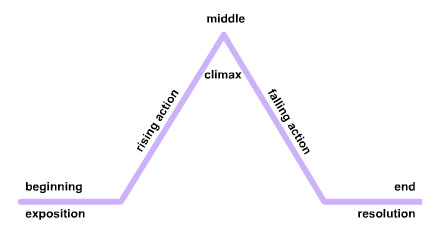
theorists for narrative
- Tzetvsn Todorov – narratives always have a structure
- Claude Levi-Strauss – human cultural understanding is based upon a system of binary opposites
- Vladmir Propp – narratives have certain character types who perform certain actions
- Roland Barthes – enigma code/ action code
https://www.youtube.com/watch?v=OwT-_irY4LM
non linear narrative – when the narrative keeps on jumping from the present to the past. – doesn’t go in a straight line. Doesn’t go beginning middle end, it goes forwards and backwards or starts at the end and works backwards, or stops sometimes and characters speak to the audience.
- Inception – keeps on going back and forth in dream time and back and forth from now to when he was with his wife in the past.
- Deadpool – goes back and forth from when he was becoming deadpan and the present. Also stops every now and then for deadpool to narrate or speak to the audience
- Sin city – stops every now and again for one of the main characters to speak. Also speaks narrative to a character that may be sleeping so its pretty informative to the viewer. (sin city 3/12 movie clip)
Narrative interventions in photography – at the j. paul getty exhibition, getty centre 2011-2012 – Images that are intimate, and shocking, puzzling and poignant. – all used text in the images.
Simryn Gill ‘forest’
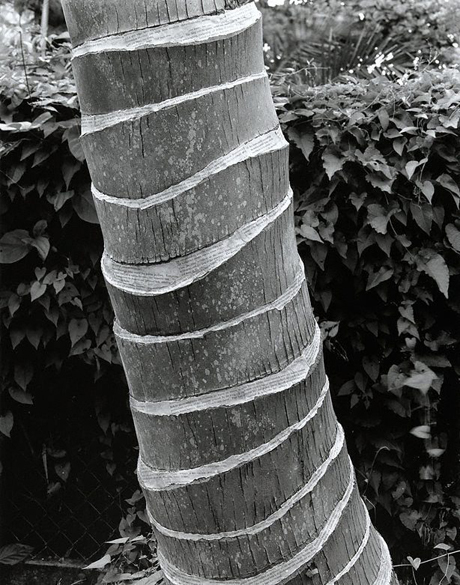
use to show an experience a sense of place, how culture because naturalised and almost invisible part of our physical environment- using the trunk of a cocoanut tree is wrapped in paper strips that form rings around the bark.
http://www.artgallery.nsw.gov.au/collection/works/32.2003.a-p/
Eileen Cowin ‘I see what you’re saying’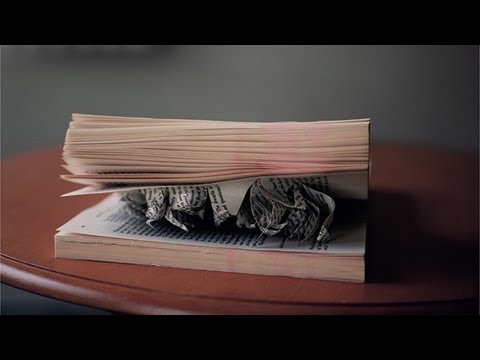
showing the need to strip away layers of obfuscation to arrive at the truth. The mutilated book suggests that words in all forms can deceive.
http://blogs.getty.edu/iris/unraveling-the-narrative-a-conversation-with-photographer-eileen-cowin/
Carrie Mae Weems ‘from here I saw what happened and I cried’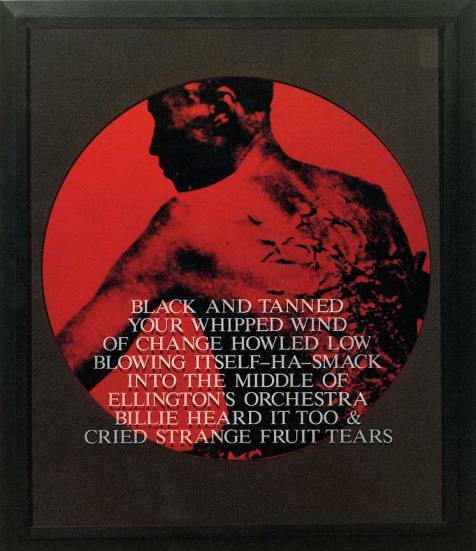
Daguerreotypes commissioned in the 1850s to make portraits of slaves. Weems wanted to show how the use of photography has played a key role throughout history in the shaping and supporting of racism, stereotypes and social injustice .
Barbara Kruger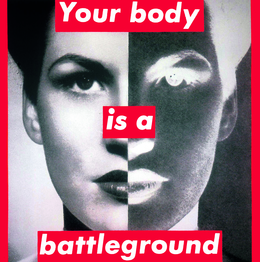
Her work is to sell an idea instead of a product. To make people reconsider a persons life and the context of their life. This print was designed 1989 for the reproductive rights protest, the march for women lives.
http://www.theartstory.org/artist-kruger-barbara.htm
Bess Bielucyzk
-Water logged 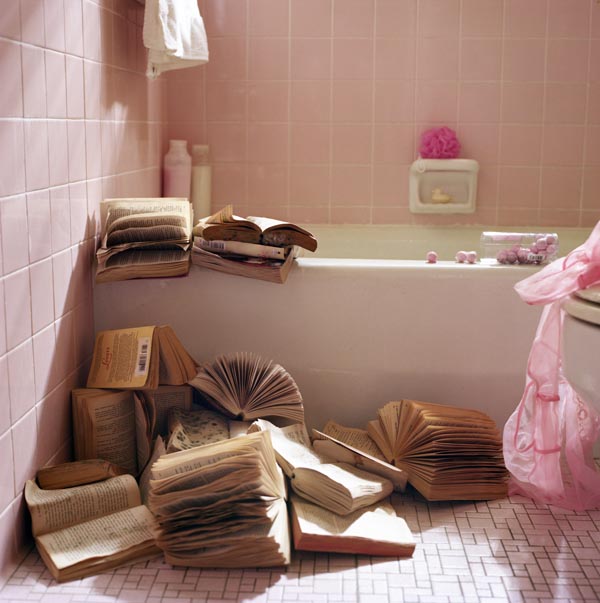
focusing on the woman’s solitary rebellion against the restrictions of her domestic life. She has created a character and environment based on stories and her own imaginings of the life of an unhappy housewife.
bessart.com
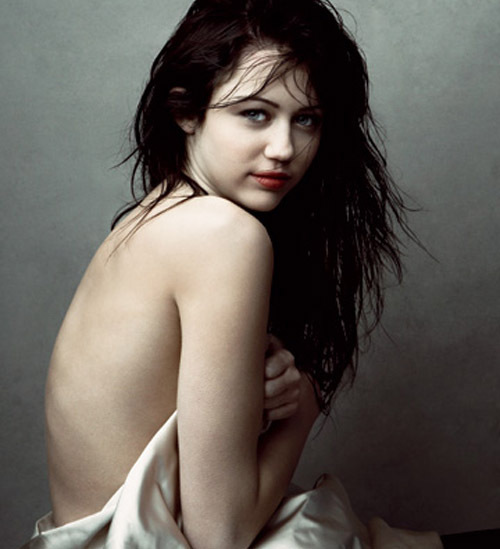
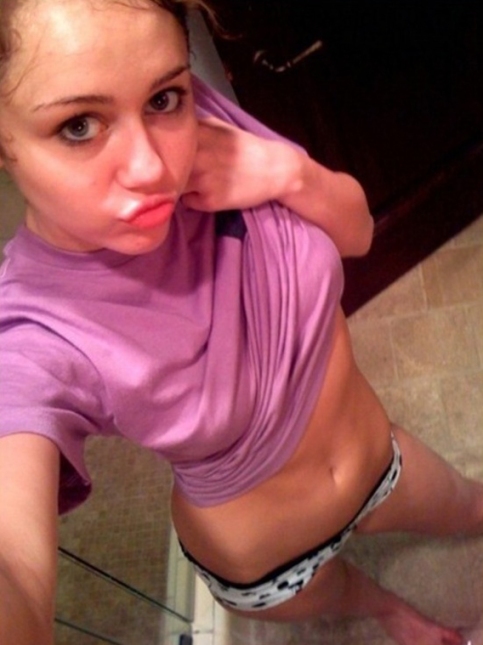
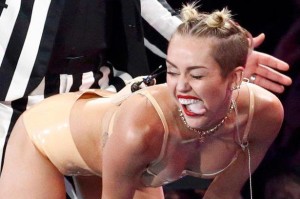
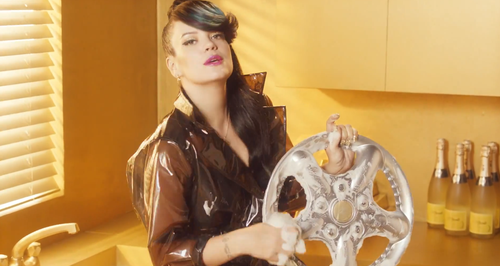
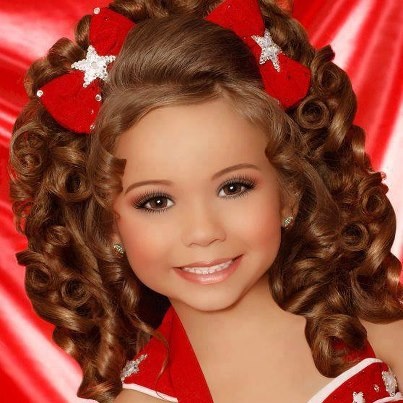
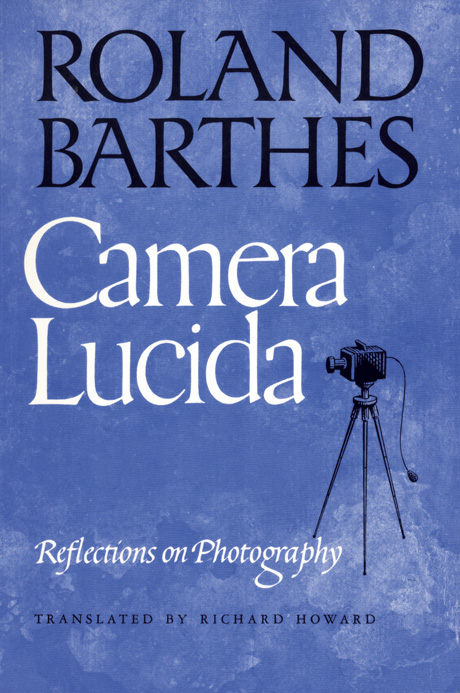
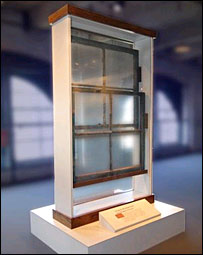
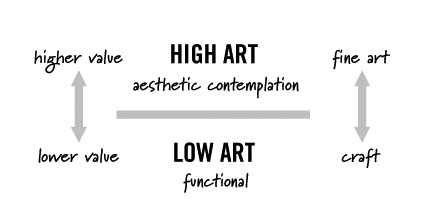
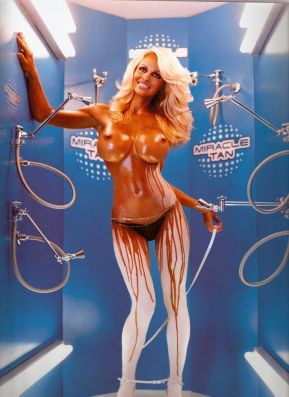
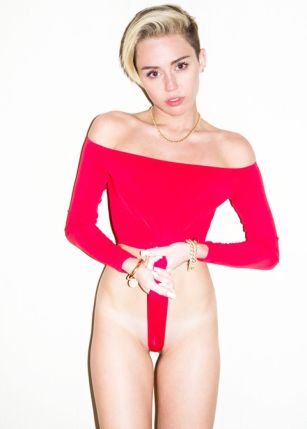
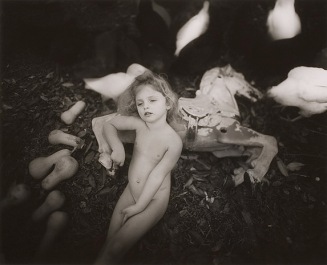
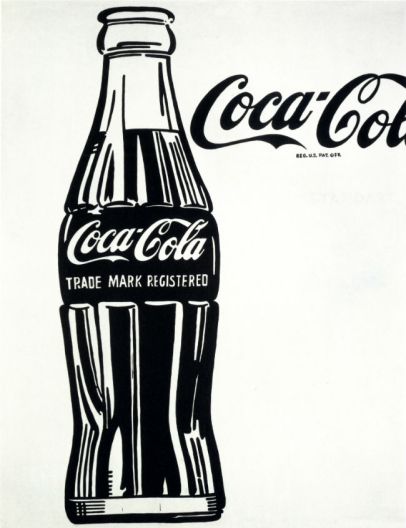
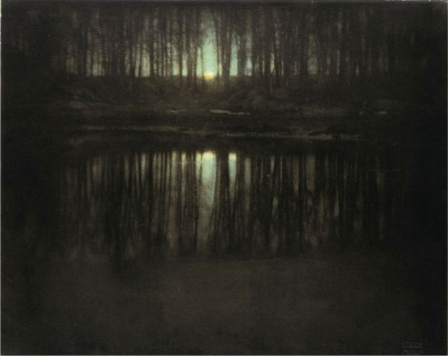 – moonlight’ $2,928,000 – 3 prints exist, but 2 are in museums so there is only 1 that is for sale. This makes it more valuable.
– moonlight’ $2,928,000 – 3 prints exist, but 2 are in museums so there is only 1 that is for sale. This makes it more valuable.
